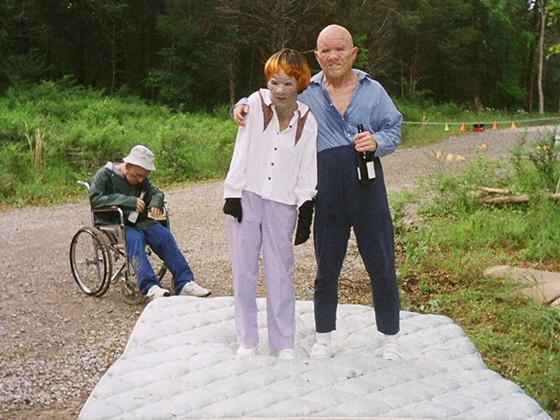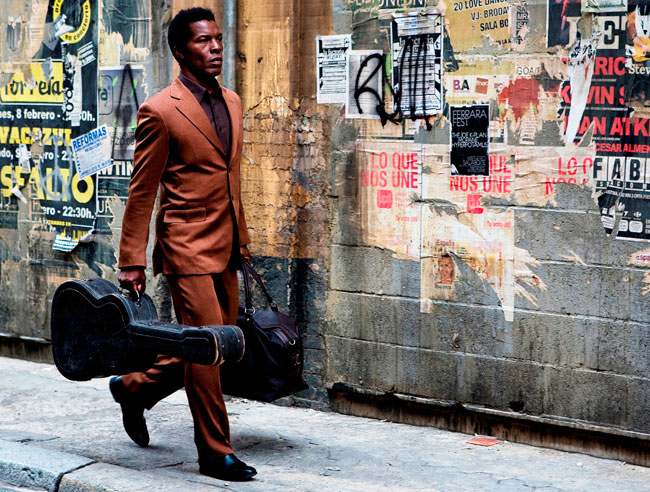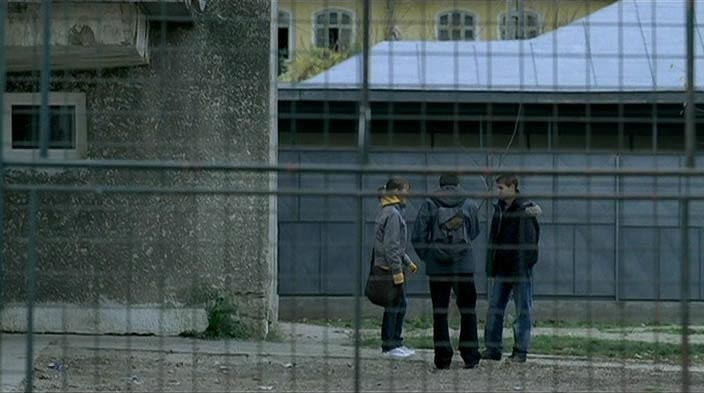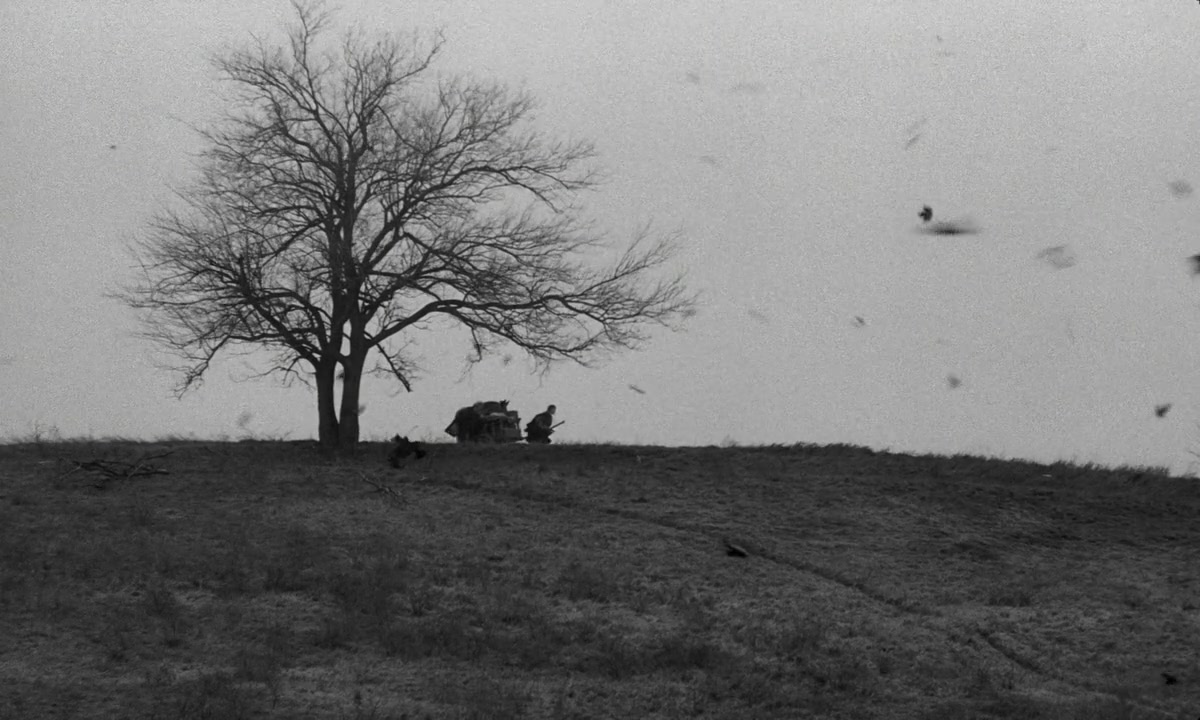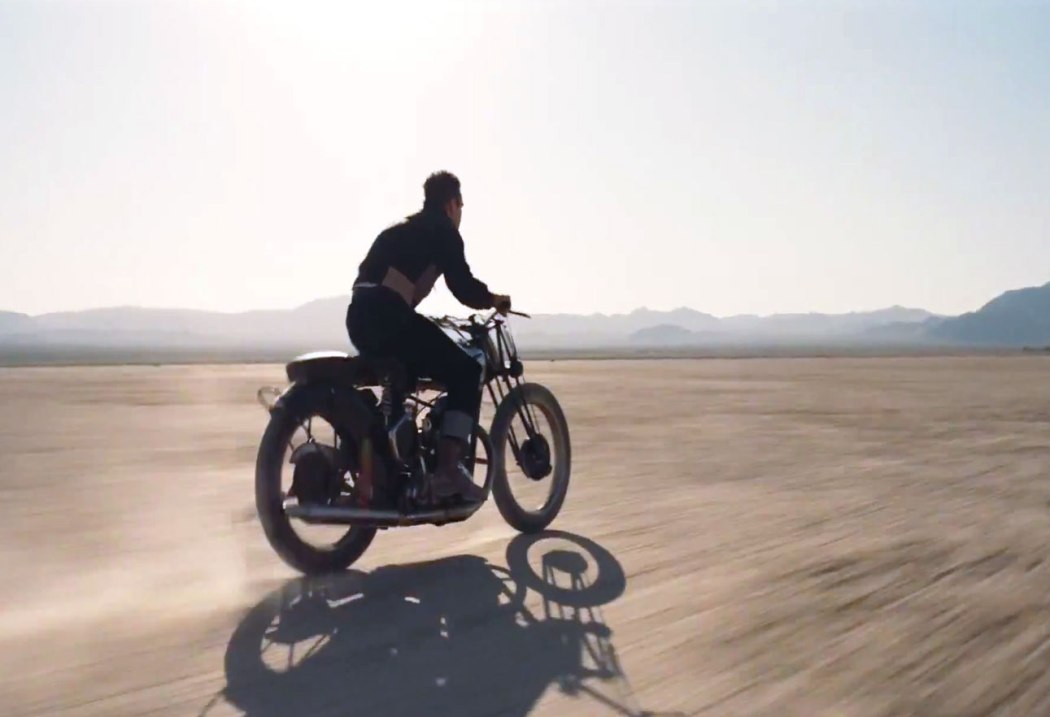6. Trash Humpers (2009, Harmony Korine)
This is definetely the most radical approach in Korine’s deconstruction of American pop culture. If „Spring Breakers” was his arthouse version of the glitter and gold of celebrity lifestyle, then “Trash Humpers” is an attempt to show the shallowness of the most stupid TV shows.
Instead of the provocative beauty of Selena Gomez and Vanessa Hudgens, we get to look in on a bunch of morons in masks simulating sex with a trash can. Korine’s vision of the dark corner of television entertainment is bleak and senseless. This turns the film into a totally abstract, avant-garde feature. Without any doubt the main inspiration here was MTV’s show „Jackass” and programs with similarly bad taste.
For somebody who didn’t get Korine’s eccentric and at many times obscene filmmaking in “Kids” or “Ken Park”, “Trash Humpers” will be a very disappointing experience. But for those who dig his individual vision of cinema, the film will be a missing piece of the puzzle in Korine’s art. It’s the most raw, brutal and disgusting picture that this director has made, a screen of white noise covering random material on a old VHS tape.
7. Limits Of Control (2009, Jim Jarmusch)
Jim Jarmush is a professor when it comes to slow cinema. No other director knows how to make fascinating spectacles out of lazy evenings in empty hotels, late night city rides and hungover mornings spent under the hot sun. And let’s not forget his metaphysical anti-western “Dead Man”, which broke the limits of the great American film genre. Definitely, Jarmusch is a quintessential name on this list. “Limits Of Control” stands out to this day as his most mysterious and hard to categorize work.
Just as the main character views only one painting at a time when he goes to the museum, the viewers also experience the plot in very small portions at a time. Jarmusch shows the protagonist in repetitive scenes, such as multiples occasions when he orders two espressos and sits in the restaurant waiting for people to talk to. Each time it’s nearly the same scene.
The dialogue has no impact on the action – it’s just conversations on art. The avant-garde form and stylish pictures make this an experience which is at once a monothematical anti-film and a beautiful cinematic piece. Making movies about art and nothing else is definitely a risky conception, but here – in the cinematic wilderness – it is the space for a great director to push the boundaries of film.
8. Police, Adjective (2009, Corneliu Porumboiu)
The last decade has taught us that the center of neomodernist cinema is located in the south part of Europe. Greece and Romania have earned their reputation as today’s most influential places thanks to their New Wave cinema. The breakthrough moment was the year 2007 when Mungiu’s “4 Moths, 3 Weeks and 2 Days” was released, winning the Palme d’Or. After that, directors such as Greece’s Georgios Lanthimos and Athina Rachel Tsangari were able to attain international acclaim.
Corneliu Parumboius is another great Romanian filmmaker whose “Police, Adjective” is a fine example of that New Wave vibe. Theoretically, it’s a detective movie, but the truth is it’s a more philosophical film concerned with themes of conscience, guilt and law. We have Cristi, the police officer, working on the case of a teenager who’s distributing drugs to his school mates.
The case is simple and so is the narrative, made up of long shots and silent scenes mostly concentrated on Crisiti’s boring everyday work. Many long passing hours are spent tracing the suspect and doing paper work. No fascinating police action can be found here, and at the end the crime seems to be only a case of semantics. The decision about if the suspect is a criminal and should go to jail is left to the paragraphs in the paper work.
9. The Turin Horse (2011, Bela Tarr)
The Hungarian artist is well known for his extremely slow cinema, and “The Turin Horse” explores that type of film art perfectly. Haunting black-and-white pictures as well as long shots are Tarr’s trademark, and they’ve never been as consistent as they are here. It was Tarr’s final work and it’s obvious that he wanted his last feature to leave the viewers totally exhausted. There aren’t many movies with as a short screenplay that last for as many hours.
The use of dialogue is minimal, the scenery rarely changes and for the most part there are only two people on the screen. But when you look closer, the story of a man and his daughter trying to survive hard times in their small house left in the wilderness can be seen as an allegory of a world turning into the void. Scary, isn’t it?
Time shifts slowly here as many of the scenes are of repetitive rituals made in almost absolute silence. Between the scenes, we see a dramatic change that is casting a shadow on the lives of the feral pair. Tarr uses his ambient cinematography and subtle yet disturbing music to create an atmosphere of entropy that is ruining everything very slowly. Watching “The Turin Horse” is like gazing on the hypnotic view of a disappearing world.
10. The Master (2012, Paul Thomas Anderson)
Paul Thomas Anderson began his career with a completely different type of cinema. Minimalist would be the last thing you would call the complex, baroque forms of “Boogie Nights” and “Magnolia”. The moment when the American director switched from maximalist to minimalist style would be the Oscar-nominated “There Will Be Blood” from 2007.
The dark, existentialist story, soaked in oil and blood, presented Anderson’s style in a completely new way. He exchanged the ensemble casts and multiple plots of his earlier films for monumental yet austere storytelling. The sterile cinematography so similar to Kubrick’s work put Anderson in virgin territories.
And then came “The Master” (an even more minimalistic film), an attempt to create shocking, emotionally compelling art out of loose impressions melted together into a fragmented, blurry story. The result is a gloomy, schizophrenic story full of questions and anxieties.
Joaquin Phoenix and Phillip Seymour Hoffman’s genius acting has put this picture on a very high level, but it’s mostly Anderson’s impressionist cinematography that makes such a unique film. Also, “The Master’s” dreamy narratives fit perfectly with Johnny Greenwood’s sonorist soundtrack.
Author Bio: Michał Weicher comes from Poland where he graduated Cultural Studies. He is a music and literature critic but his love for film is also very strong. He is a huge fan of French New Wave cinema and the music of David Bowie. Dreams of becoming a famous writer.
